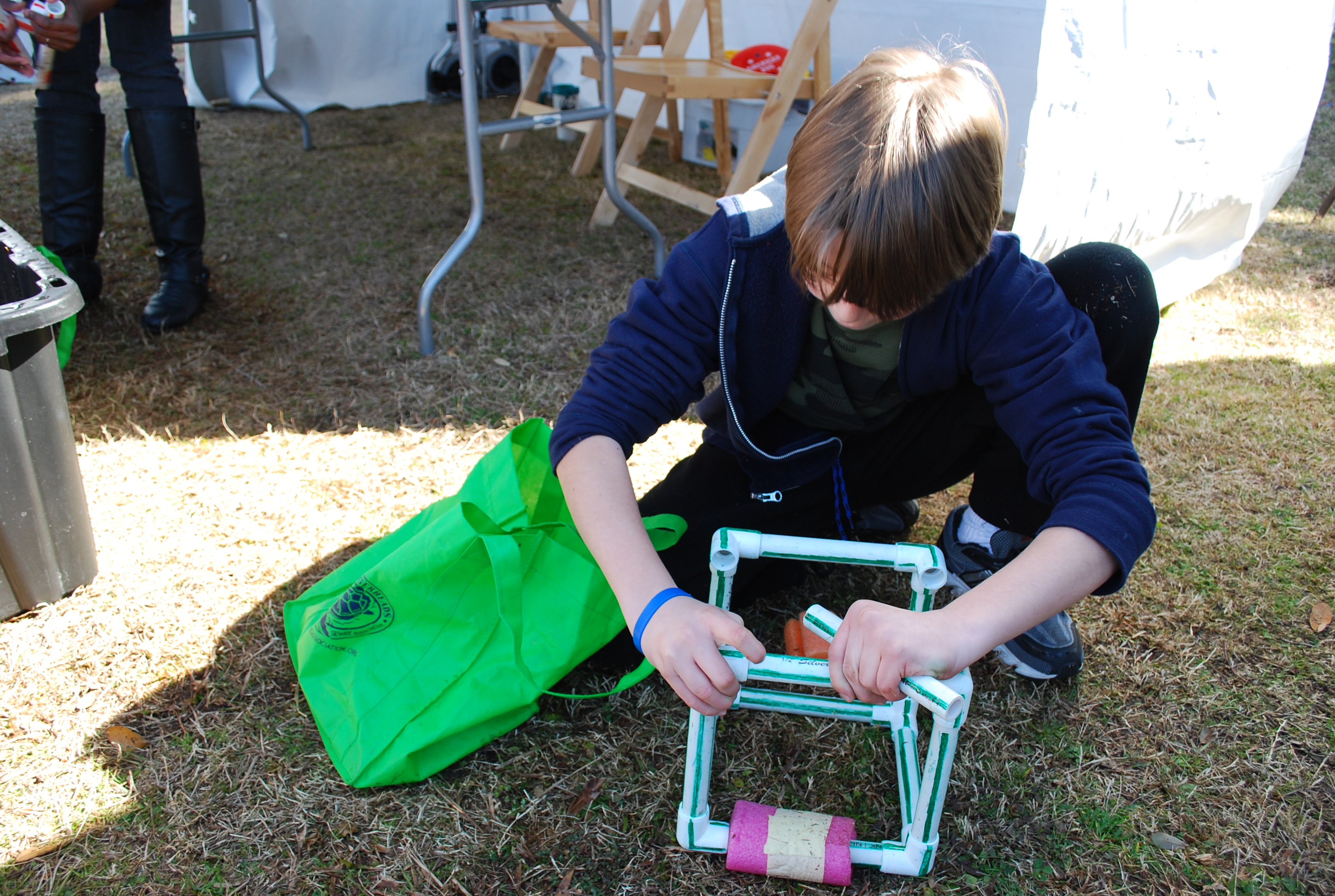
Build Your Own Buoy
Basic Observation Buoy (BOB) is a floating platform with capacity to carry a suite of environmental sensors. BOBs can be moored to the ocean bottom in sheltered places with very small waves or to a dock in quiet waters. The materials are based on concepts developed by Doug Levin, Ph.D.
Precollege to undergraduate students can design, build and deploy buoys that host data collection, storage, and transmission capabilities.
Sensors determine the parameters collected by BOB and may include meteorological parameters, such as wind speed and conductivity/salinity, dissolved oxygen, pH, chlorophyll A, and turbidity.

Basic Observation Buoy Documents
| Title | Link |
|---|---|
| Manual for Building a Basic Observation Buoy | View |
| Sensor Suggestions (Developed in 2010) | View |
| Building Buoys for Observing and STEM Education (August 17, 2009 MTS-IEEE Oceans Conference Proceedings) | View |
| Guide to the Elementary Basic Observation Buoy | View |
| Build-A-Buoy Activity for Kindergarteners | View |